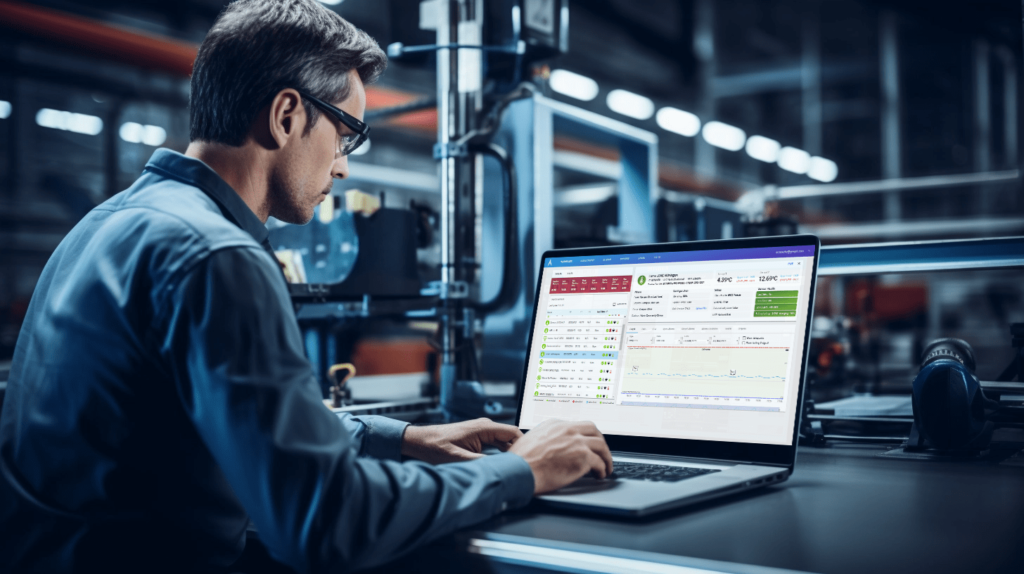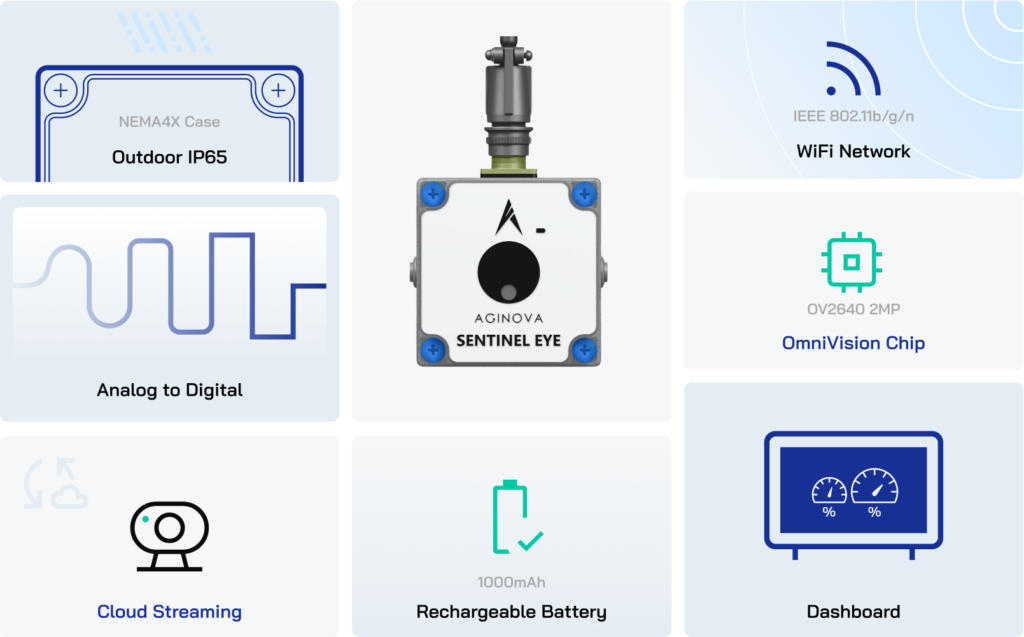Remotely monitor sensitive or difficult to access environments
Used for digitizing analog equipment readings for improved monitoring and control capabilities. Remotely monitor sensitive or difficult to access environments.
- Dimensions (HxWxD) 82.6 x 85.7 x 67.3 mm (3.25” x 3.375” x 2.625”)
- Weight 646g (22.8 oz) (Outdoor version)
- Battery Integrated 1000mAh Rechargeable Li-Ion
- Wi-Fi Protocols IEEE 802.11b/g/n
- LTE (Cell Network) Option available
- On Board Data Storage 1mb
- Operating Environment 0°C to 40°C on Charger -20°C to 60°C on Battery only; RH 10% to 90%
Sensor Overview
In recent years, concerns about air pollution and its impact on human health have led to an increased demand for air quality monitoring solutions. Air quality sensor devices play a crucial role in this domain by providing real-time data on various pollutants present in the air. This overview aims to explore the functionality, types, applications, and advancements in air quality sensor devices.
Air quality sensor devices utilize various technologies to detect and measure different pollutants in the air. These sensors typically operate by either detecting changes in electrical conductivity, optical absorption, or chemical reactions when exposed to specific pollutants. The collected data is then processed and analyzed to provide insights into air quality levels.


Cloud Connectivity
The sensor communicates using WiFi Protocols (IEEE 802.11b/g/n). A keep feature of our WiFi communication is that it supports a myriad of encryption including WEP, WPA/WPA2, PEAP, EAPTLS.
Therefore, our sensors can easily operate in any corporate or enterprise network. On board data storage with the store-and-forward feature prevents any data loss in case of network problems. Use of WiFi eliminates the need for any gateway device. The sensors can communicate directly to the Cloud.
Remote Monitoring
From the cloud the sensors data is moved to a dashboard for data visualization, alerting and reporting. Alerting engine includes emails and text messages with escalations. Custom reporting features, for any particular domain, can be created on the dashboard.
Another unique feature of the dashboard is to track annual sensor certifications and validation procedures. In addition the ability to visualize assets and its maintenance procedures is very useful. Custom workflows can be implemented.
The IoT cloud platform is unique because it has an ingestion engine that supports virtually unlimited number of sensors across a distributed network over many locations. An additional benefit of this platform is the possibility for users to develop prediction models for a particular use case using the AI and machine learning modules.

Dimensions (HxWxD) | 89mm x 60mm x 20mm (3.50” x 2.36” x 0.78”) |
Weight | 102g (3.60 Oz) |
Connectors | 10-pin Sensor Connector; micro USB for Charging |
Battery | Integrated 1000mAh Rechargeable Li-Ion Battery |
Wi-Fi Protocols | IEEE 802.11b/g/n |
Wi-Fi Models Supported | Wi-Fi Direct, Infrastructure, Remote |
Wi-Fi Encryption | WEP, WPA/WPA2, WPA2-Enterprise Personal (PEAPv0/MSCHAPV2, EAP-TTLS) |
On Board Data Storage | >2 months with a Once/Minute Sampling Rate |
Operating Temperature | 0°C to 40°C on Charger -20°C to 60°C on Battery only |
Non-operating Temperature | -30°C to 70°C |
Relative Humidity | 10% to 90% |
Certifications | FCC, CE |
Ports Used | Sensors connect to the MQTT Bridge using TLS transport to communicate with the Cloud IoT Core: mqtt.googleapis.com:443(tcp) for Communication Sentinel units periodically synchronize their internal clock using the NTP protocol. 0.pool.ntp.org 123 (udp) for Time server (Default: pool.ntp.org) |
Protocol to Cloud | Sensor communication MQTTS (MQTT over TLS) OTAP and Debugging HTTPS |

